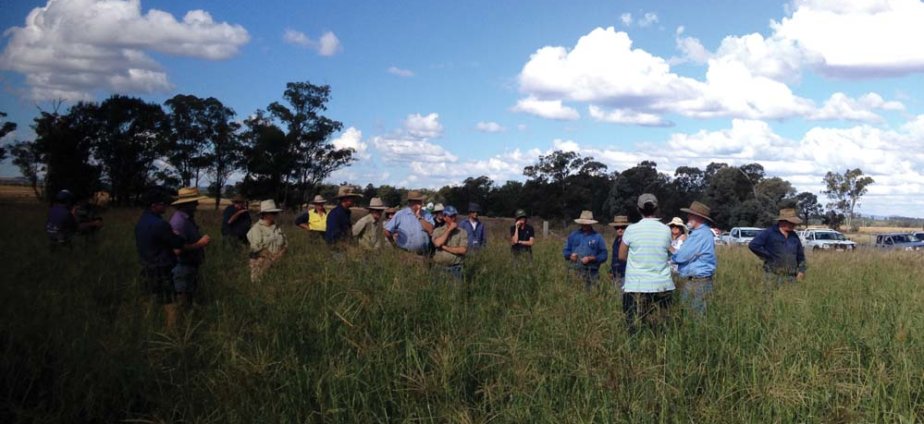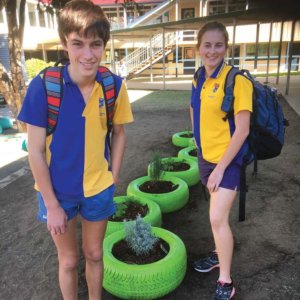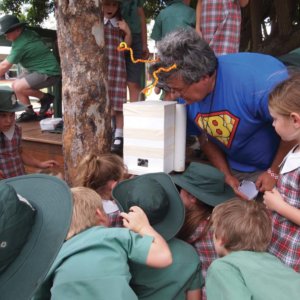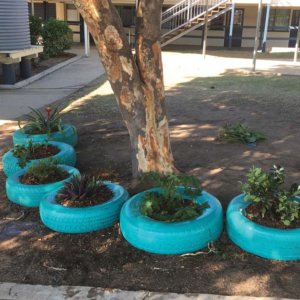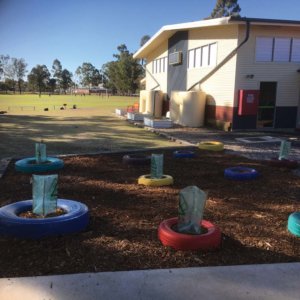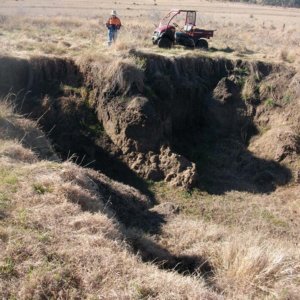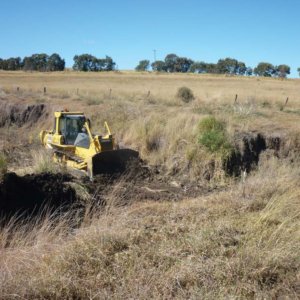Grassroots local movement Millmerran Landcare is proving there is more to solving environmental hardships than planting trees. Led for many years by enthusiastic co-ordinator Rebecca Kirby and a dedicated team of volunteers, Millmerran Landcare is involved in every aspect of sustainability, from carp busting to removing feral species, to repairing gully erosion on farms.
The greater Landcare movement was founded in the 1980s by local farmers as a driving force to protect natural resources, and tackle the growing epidemic of degradation on farmland, public land and waterways.
Fast forward almost 30 years, and Landcare now boasts more than 5400 local grounds nationally. Farmers in sub-catchments of the Millmerran branch form concentrated groups for shared problems like eradication of pests (both animals and weeds), and cluster fencing to keep out feral dogs and pigs. These groups not only aid farming, but also provide an opportunity for social interaction between farming families, which is vital, especially in times of drought.
Passionate Landcare farmer Robyn Brosnan developed an innovative treatment for gully erosion on her Mt Emlyn property. Her gully had enlarged to frightening proportions, and she knew it would only get worse without action, so she took it upon herself to develop the battering technique, where ditches are ‘battered’ back to a standard gradient, using soil onsite, making it a cost effective repair option. She highlights the importance of monitoring and maintenance as repaired gullies require a long-term commitment to these practices to ensure they do not re-form.
Another very important area of Landcare is educating youth to play an active role in protecting the future of their surrounding environment. Rebecca is a keen advocate at the two schools in Millmerran, and last year gained funding for school gardens to be built in each. The children helped to plant and care for the gardens, and also take part in tree planting days at Back Creek, and are enthusiastic participants during the carp busting days.
In November last year, Grade 9 and 10 science and geography classes got up close and personal with Back Creek and its inhabitants, discovering what contributes to a healthy ecosystem, including good riparian area health, water bugs and more.
Matthew Middleton from the Beezotted Bee Workshop even visited the community last year to demonstrate how native bees can help in pollination of farms and gardens. He talked to both the school children and adults in two separate workshops and explained how useful these little critters are to our environment.
Like many other communities in Queensland, Millmerran and the surrounding farming districts are plagued by feral Indian mynas (also called flying rats, with good reason), which compete with native birds for nests and territory. Landcare retains a number of myna traps, which they lend in turn to residents, to trap and humanely dispose of these birds.
There are also a number of active Landcare groups throughout the Downs.
Readers may also be interested in this article on an environmental win for Warwick.

